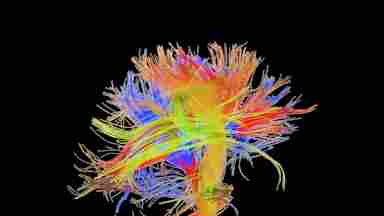
Center for BrainHealth
Share this article

Francesca Filbey, PhD
Bert Moore Endowed Chair and Professor, School of Behavioral and Brain Sciences Director, Neuroimaging of Reward Dynamics (NiRD) Lab
Related Information

Brain Connectivity in Cannabis Users
By examining the brains of frequent cannabis users, researchers have identified a pattern of connectivity related to craving the substance. The findings add weight to the idea that brain regions do not work in isolation, but via the connectivity of multiple networks that signal to each other depending on the state and need.